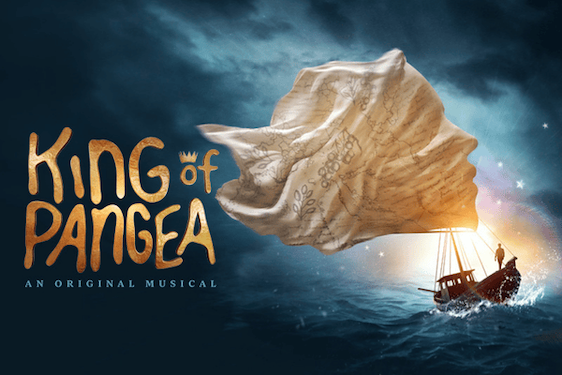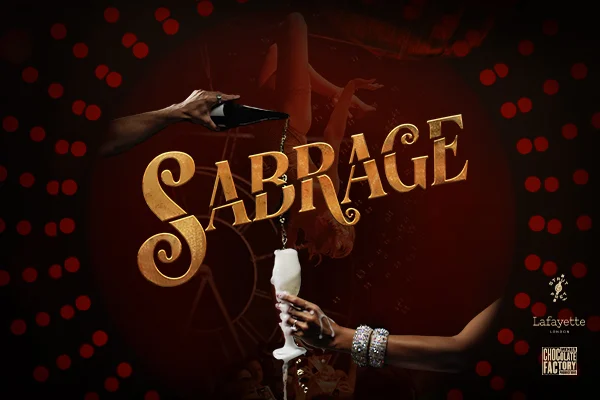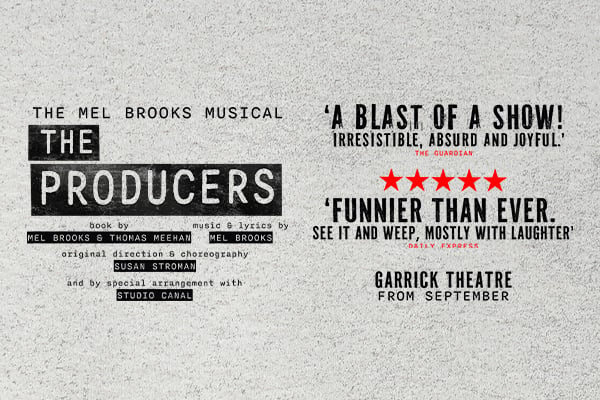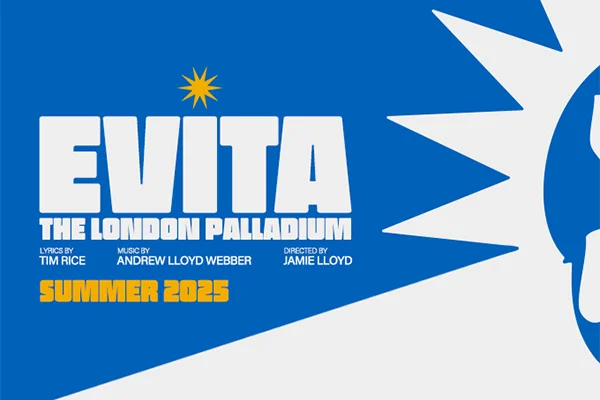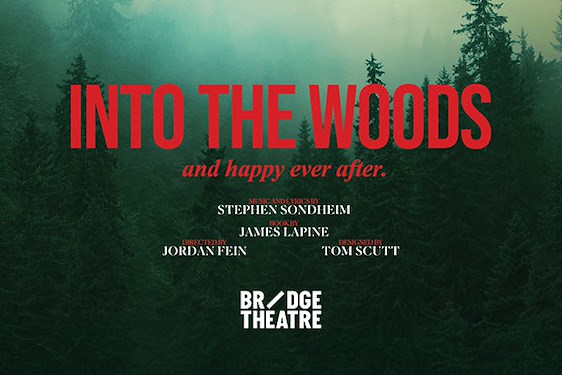For charisma, no other male dancer can beat Carlos Acosta, one of the greatest classical dancers of our times, still spell-binding at fifty. Do not expect a Prince in white tights. Granted there are no huge leaps across the stage but the amount of lifts show that Acosta still has strength and stamina. Instead, the nine pieces of
The theatricality of the whole show is stunning… in which the play of light and dark is part of the drama
The director of two dance companies, Acosta Danza and Birmingham Royal Birmingham, Acosta as ever draws both on his Cuban roots and his career with the Royal Ballet – Rodgríguez is Cuban, a founding member of Acosta Danza, and Cuba choreographers George Céspedes and Raúl Reinoso are included with European: Will Tuckett, Miguel Altunaga, Yury Yanowsky, Russell Maliphant and Kim Brandstrup.
Despite being nine distinct pieces, they are united by a melancholic tone and by the crowd of black-clad figures that circle or cross over the stage between the pieces, creating a Gothic atmosphere. Unfortunately, the title piece On Before choreographed by Will Tuckett, is marred by a distracting voice-over by Christian Zeal but it flags up the theme of the need for healing. This piece aside, the theatricality of the whole show is stunning, not least the lighting designed by Chris Davey, in which the play of light and dark is part of the drama as the dancers step in and out of the light or shadows on the stage conjure windows (possibly of a church) in Yury Yanowsky’s Sirin. The most remarkable piece is Two choreographed by Maliphant a piece made famous by Sylvie Guillem, where Acosta dances inside a small square, his body and hands entering into a play of light and dark.
The melancholy mood is elevated in Part Two by Kim Brandsrup’s Footnote to Ashton where the swelling phrases of a sung Handel piece and the moving solo by Rodgríguez surrounded by hundreds of candles create a religious feel. A film projected on a front screen, Falling Deep Inside directed by the Cuban Estudio 50, also plays with images of hands, hair and splashing water - a welcome change of media and mood, though slightly amateur with uninspired shots of shower water pouring down on a head.
The other outstanding piece is the last one, where the black-clad figures assemble and there’s a live a capella performance (the only live music of the evening) of Morten Lauridsen’s O Magnum Mysterium sung magnificently by the Edinburgh University Singers, directed and conducted by Calum Robertson. Apparently wherever On Before is performed a local choir is enlisted. Created by Acosta in memory of his late mother, the choreography by himself and Zenaida Yanowsky, it becomes clear that the dark mood of the entire programme leads to this. The ecstatic music is contrasted with an extraordinarily simple and effective ending by the dancers. A lesser artist might have ended on a showy note but not Acosta. Rodgríguez lies prone and it is evident she has died. But then she rises and slowly moves towards the black clad singers, possibly the souls of the dead. As they retreat with Rodgríguez hidden within their midst, Acosta is left sitting on a stool, crouching, staring at the floor where she had once lain. So still, so sad. What genius!











